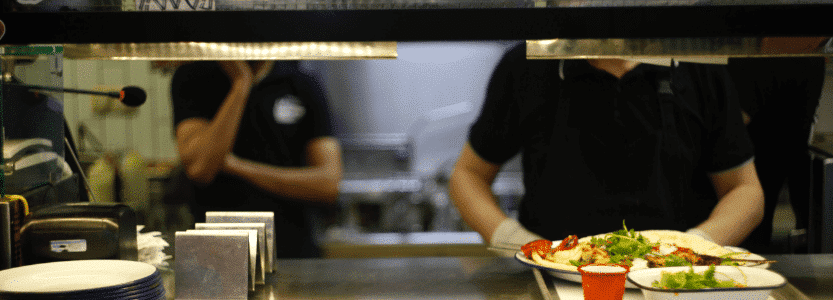BLOGS
Helping Parents Understand Biometric Cashless Systems in Schools
When the Information Commissioner’s Office (ICO) first approved the use of biometric technology in 2001, the education sector was one of the first in the UK to take advantage of the technology. In 2002, the Department of Education approved the use of biometric technology and schools quickly adopted it.
Every year since then, primary and secondary schools across the country have been setting up the system. Today, around 40% of schools in England are using biometric technology.
The most common uses of biometric technology in schools are for cashless catering, where students collect their school meals using their fingerprints. Parents can order and pay for school dinners online which brings with it many benefits for parents, pupils, and schools.
There are good reasons to invest in a biometric cashless catering system for your school. It stops students from losing their dinner money, it keeps the anonymity of those receiving free school meals, it makes school catering more efficient, which all in all, reduces your school’s operating costs.
Headteachers of schools that have set up the system reported that it helps remove the stigma of receiving free school meals, increased school meal take up and made their lunchtime routine efficient. Similarly, parents of children using biometric identification are pleased with it.
However, parents who have no experience of the system express unease about providing their children’s biometric data, feeling that this is giving away too much personal information.
Allaying Parental Concerns
Whether parents are aware of it or not, they are giving commercial companies access to their children’s personal data by simply giving them a smartphone.
According to OFCOM’s 2013 figures, 50% of British children ages 8 – 11 and 89% ages 12-15s have used a smartphone. Fifty percent of 8 & 11 years old who have a smartphone use it to play games, 19% use it to play games over the internet and 11% use it to post photos and videos on social networking sites.
As for children aged between 12 and 15, 57% use it to visit social media sites like Facebook and Instagram, and 51% use it to post or watch video clips on YouTube.
Many of these activities collect the personal data of the users. Every time children download free apps and games on their smartphones, they are allowing app developers to read their phone status and identity, access their precise location, read their contacts, read their calendar events and access their network.
But thanks to science fiction movies, biometric technology is seen by some as something sinister, which is way off target. Biometric is in fact one of the safest forms of verification and provides less real-time personal data than the apps on children’s smartphones.
Yes, it is possible for criminals to steal a digitised copy of biometric data. But as biometric systems are designed to be passive and safe, possessing copies of biometric data such as those stored by schools for cashless catering, is not enough to commit a crime.
The copies aren’t images of fingerprints or retina, but are simply random numbers (e.g. 0X4174141414251414141444541514141415141531001100415A4141X), which are useless without live biometric data to match. Unravelling them is impractical and unrealistic.
There are good reasons to invest in a biometric system for your school. It stops students losing their dinner money, it keeps the anonymity of those receiving free school meals, it makes school catering more efficient, which all in all, reduces your school’s operating costs.
Therefore, it’s important to get parents on board and have their support for its implementation. Without parents’ support, biometric technology will become a contentious issue. It will also make its implementation difficult and create dissatisfaction amongst parents, which can affect other areas in school.
For most parents, security isn’t the real issue. It’s the lack of clear information and bullying tactics used by some schools to get students’ biometric data.
Parents have related incidents where they weren’t informed that their children were fingerprinted, students were forced to provide their fingerprints or that they were given no options. Not only are these tactics illegal, but they also build distrust.
To ease parental concern, schools must be transparent when introducing biometric technology by defining its use, and clearly outlining data protection procedures as well as being clear on how they dispose of information when children leave school.
Following these steps, encouraging parents to ask questions, and most of all, giving them a choice, will help to allay most parental concerns over Biometric cashless catering systems in schools.
Most biometric identity management systems such as the ones IRIS provides for schools, offer both smart cards and biometric identification, therefore giving parents a choice should not be an issue.
Related news stories:
Department of Education: Protection of Biometric Information of Children in Schools












